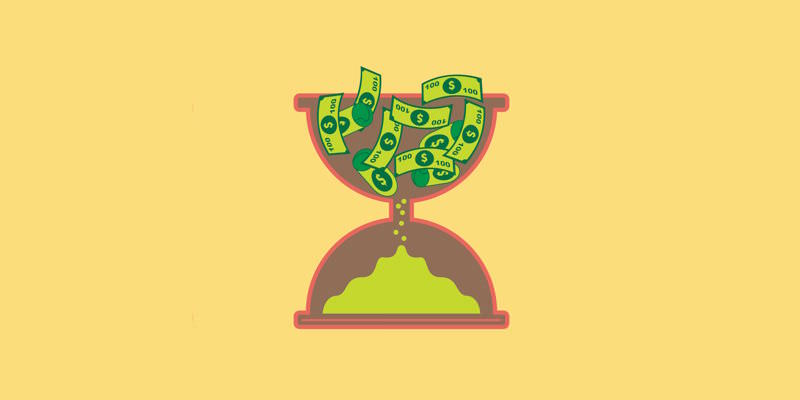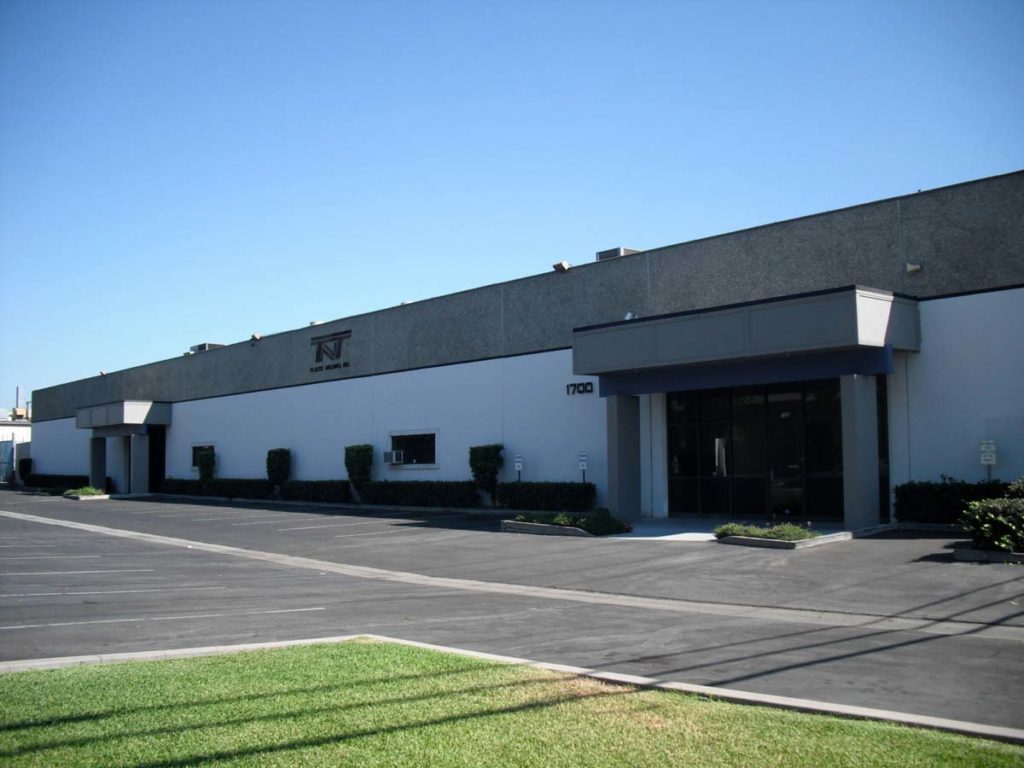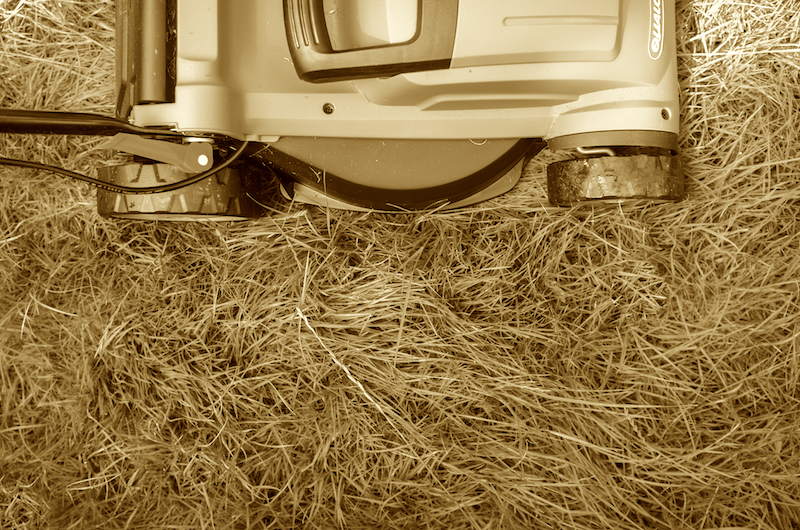How a real estate investment strategy contributes to the creation of wealth, and the benefits of making a smart real estate investments.
2019 Update: Over three years ago we posted a six-part series on what we call The Wealth Cycle. It’s all about how our approach to making, keeping and distributing our wealth changes with time and our place in life.
We thought we were right on target then and we are even more convinced of that today as property values have soared since that first post back in June of 2016. After all, we are now officially in the longest economic recovery in US history and that has a lot of investors wondering if they should be taking some cards off the table.
So, let’s take another look at the The Wealth Cycle: Wealth Creation, Wealth Preservation and Wealth Distribution. Our hope is that it prompts you to look at your own situation from some fresh angles so that your investment decisions are as informed as they can be. As always, we welcome your input.
In our last post we introduced the 3 Phases of the Wealth Cycle, beginning with wealth creation.
This is the time in our investing lives that we work hard to generate investment capital and tend to take bigger risks to create the critical mass of capital required to make big gains.

We are usually younger at this stage, as that fact gives us more time to recover from investments that go wrong or produce lower than expected yields.
Our appetite for borrowing is also bigger during this phase because we see the use of leverage as a way controlling more and larger assets. The broader our base, the faster our wealth grows, as long as markets cooperate and the cost of borrowing is less than the yield on our investments.
We recently had a conversation with a good friend of ours that we believe is a good example of being in the wealth creation mentality.
Rob owns several industrial buildings in Anaheim with an aggregate value of nearly $8 million at today’s market value. Currently, there is less than $500,000 in debt against the properties and they are fully leased at slightly under today’s current market rate.
Rightfully so, Rob sees the opportunity to refinance the properties to free up cash for the purchase of additional industrial real estate in another state where yields are running as high as 7%, as compared to the 5% cap rates in Orange County.

Given his relatively young age and the current low interest rates for long term real estate loans, the “refinance and buy more” strategy is a sound one. If he were to execute this strategy, he would control as much as $16 million in assets by leveraging each to 50% of current value, all producing monthly cash flow and subject to further price appreciation.
Clearly, his net worth would rise much faster as long as the markets the properties are located in keep moving higher. He would be in good position to weather a correction if one occurred, and he is young enough to patiently wait out a complete real estate cycle before moving out of the wealth creation phase of his life.
However, there’s a catch.

Rob owns the property with his father and title is vested in a family trust with Rob and his dad as trustees. Dad is now approaching 80 and he has a different plan, one that reflects the different place he is in life.
He would rather pay off the remaining debt and stick with the current assets, which he believes will produce consistent cash flow for the remainder of his life. Increasing net worth is no longer a priority for him. He has enough money to live his life style of choice and likes the safety of owning quality assets with little or no debt.
The worst case scenario for him is to lose a tenant or two and have to spend the money to secure new ones. Without debt, he can lease them at whatever the market rate is at the time and still have positive cash flow.

Both Rob and his dad have valid investment strategies that reflect their respective positions in life. Rob is still interested in creating wealth while his dad is more focused on preserving wealth, which is phase 2 of the wealth cycle.
More on that in next week’s post….


Leave a Reply
You must be logged in to post a comment.